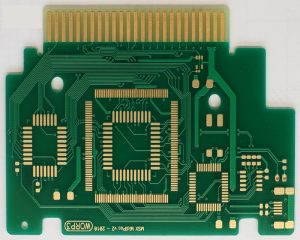Activity 3.2 NCERT Class 10 Science, Chapter 3 Metals and Non-metals
Brief procedure:
Activity 3.2 asks us to cut various metals and note the observation.
Observation:
Metals are hard and can not be cut easily. Only magnesium is easily cut. Aluminium require more effort while iron is very hard to be cut by a knife.
Explanation:
Atoms of a metal are stongly connected to its neighbor atoms by a strong attractional force. This makes them hard and difficult to be cut.
Inference/conclusion:
This experiment demonstrates metals have strong inter moleculare force of attraction and are difficult to cut.
Extras
In case of aluminium the there is a shiny layer below the outer layer.
This happens because the outer layer of metals reacts with the atmospheric oxygen to form metal oxides. Metal oxides do not have lustrous property. When we cut the metals using a knife its inner unoxidised layer come into view which shines.

Application: Metal oxides are a bad conductor of electricity. The oxidation of metals in an electric component may lead to failure. So, we coat metals in circuit with unreactive metals like gold in costly computer parts. It saves them from oxidation.
Next: Experiment to demonstrate metals are malleable, Activity 3.3.
See also: Rubbing of metals, activity 3.1
This activity in supposed to infer the hardness of the metals not the shining property .